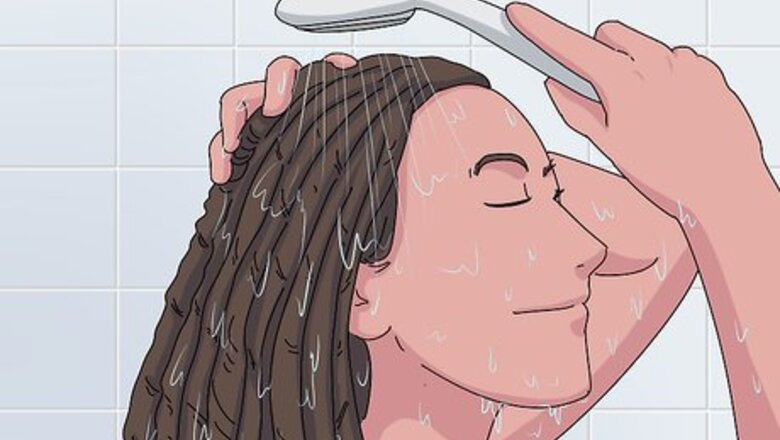
views
Shampooing Locs
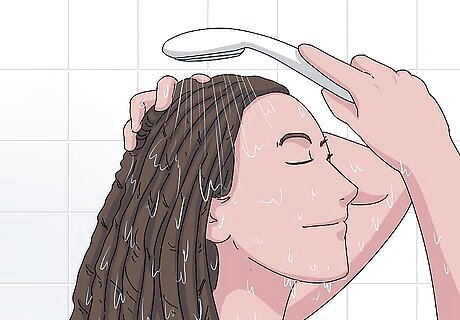
Wet your locs. Start by running some water over your locs in the shower. Let the water run so it really saturates your hair. For best results, use warm (not too hot) water.
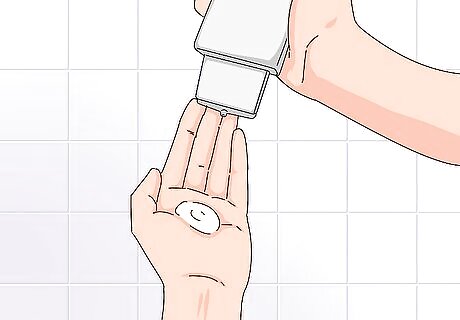
Portion out a small amount of shampoo. Squeeze a modest amount of shampoo into your palm. It's better to use a little shampoo at a time so you can control how much soap actually goes into your locs—you can always use more later if it's not enough. If you're using a solid bar shampoo, rub it between your hands until it forms a rich lather. Always use a shampoo that doesn't leave a residue of any kind. Locs should not be maintained using gels, waxes and other additives, and a residue-forming shampoo will likewise only add to buildup rather than washing it away. Look for natural, organic types of shampoo that are free of chemicals which help soften and style.
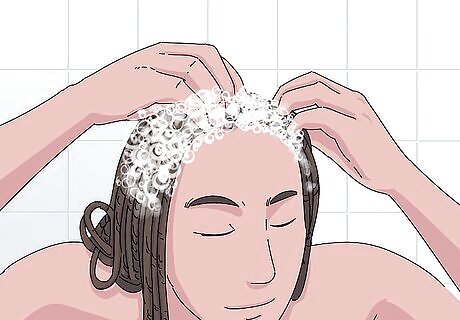
Work the lather into your scalp. Press both hands into your scalp and distribute the shampoo into the spaces between the roots of the locs. Use the tips of your fingers to give your scalp a good scrub to free dead skin and remove excess sebum. Don't neglect to clean and care for the roots. Since this is where your locs attach, they need to be strong and healthy.
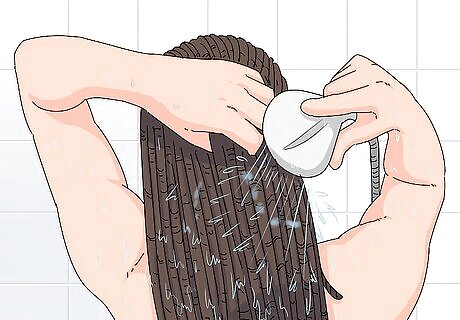
Rinse the shampoo through the locs. Let the shampoo sit for 1-2 minutes. Then, tilt your head downward so that the lather runs through your locs as you rinse. Gently squeeze the shampoo lather into the locs. Make sure that there's no shampoo residue remaining in your hair when you're finished washing. If you want, you can use a little extra shampoo to touch up each loc individually. Just don't overdo it, or it will be more time-consuming to rinse and cause loose hairs to frizz.
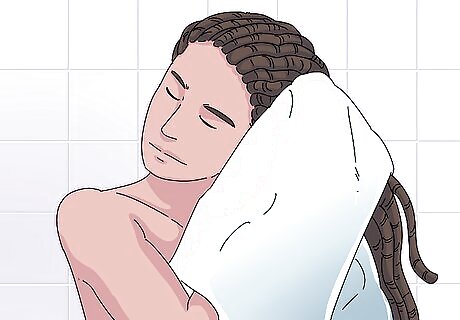
Dry thoroughly. After you get out of the shower, you'll want to make sure that you let your locs dry completely. Squeeze each loc with a towel to press out the water absorbed into them. Allow your locs to air dry. You could also use a hairdryer, but preferably a hooded dryer on medium to high heat to speed the drying process along and ensure that the locs are not left damp. If too much moisture remains in the locs, they can start to come loose and smell, or even grow mold. Air drying can allow moisture to become trapped in the matted hair for so long that it begins to mildew. As your locs continue to set up and tighten, you may have to start using a hair dryer more often after washing to ensure that the hair inside the locs is getting dry.
Rinsing Locs with Water, Baking Soda, and Vinegar
DO NOT mix together the baking soda and vinegar. Baking soda is a base and vinegar is an acid, mixing the two causes a chemical reaction which neutralizes any cleansing power the two substances have on their own (which is a lot).
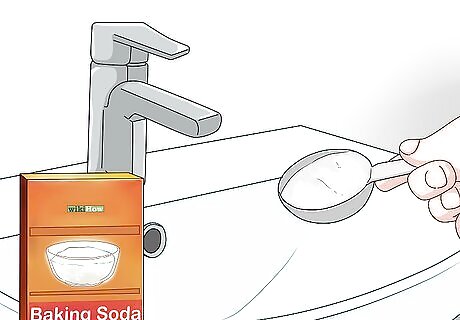
In a sink or wash basin, dissolve ¾ cup of baking soda in a few inches of warm water. It is completely safe to use on your hair and scalp. If you like using essential oils, you can add them to the cleansing solution during this step. A tablespoon of lemon juice will help kill any odors and prevent mildew. It is recommended that you only use this method to clean your locs once every couple of weeks, as the baking soda can make your hair dry and brittle over time. For more regular washings, use a residue-free shampoo.

Soak your locs for 5-10 minutes. Submerge your locs into the baking soda solution up to the roots. Soak your locs for up to 10 minutes, or longer if you're in need of a deep clean. As your locs soak, the baking soda will strip away dirt, oil, debris and other unwanted buildup. If you don't have the time or space needed to soak your locs, you can mix up the solution and pour it directly over your head for a quick cleanse.
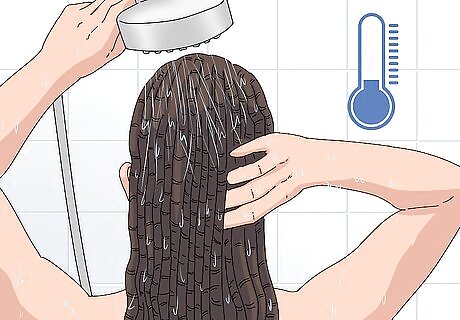
Rinse with cool water. Remove your locs from the baking soda bath and wring out the excess solution. Turn on the faucet or hop in the shower and give your locs a quick rinse to clear away any lingering traces of the baking soda solution or foreign matter. Rinse until the water runs clear. Be sure that your scalp gets some direct exposure to the water as well. The dirt, oil, dead skin, and other detritus that's been removed from your hair will be visible in the discoloration of the water. You might be surprised how much cleaner your locs will feel afterward!
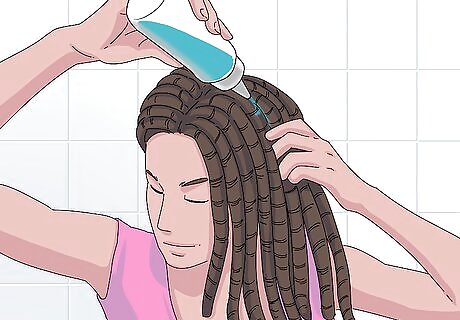
Have ready a large bottle of water and vinegar, mixed at a 3:1 ratio, enough to rinse over your scalp and lightly through your locs. This will balance the pH of your scalp, and smooth loose hair frizz. You can leave this in (any vinegar smell will dissipate as it dries) or rinse it out. Both baking soda and vinegar will clarify your hair, and using them both together could dry out your scalp. It's best to choose to use one or the other.
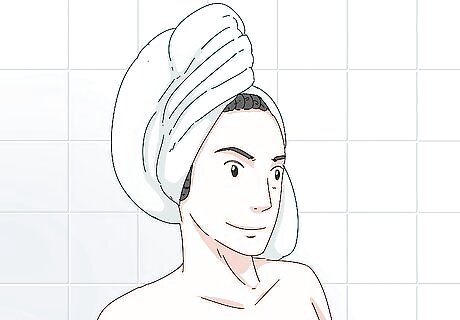
Towel or air dry. Give your locs ample time to dry. If you're in a hurry, use a hair dryer on the ends and shafts of your locs and allow your roots to finish air drying. Your locs should be dry before you cover them with a hat, tam, or scarf. Otherwise, these items will trap remaining moisture in the locs and make it harder for it to escape. Squeeze as much water out of your locs as you can before letting them air dry or trying other drying methods. Wrapping your locs in a dry towel can help draw water out of them at a faster rate.
Keeping Your Hair and Scalp Healthy
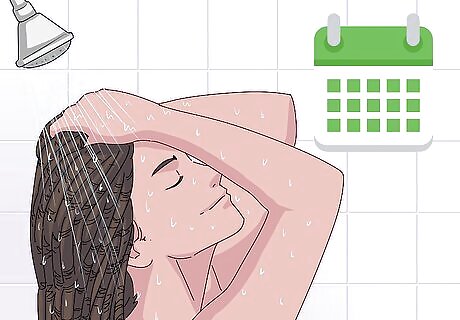
Shampoo your locs regularly. Contrary to popular misconceptions, locs require washing just as much as other hairstyles. You should aim to shampoo and roll your locs every three or four days when they're new. Once they've fully locked up, you can get by washing them once a week, or more often depending on your hair type and the amount of oil your scalp tends to produce. Most people who wear locs wash them at least once a week. If you have particularly oily hair, or if you exercise, work outside, get dirty or sweat a lot, you may benefit from more frequent washings. You can still bathe regularly between washings without having to shampoo your locs.
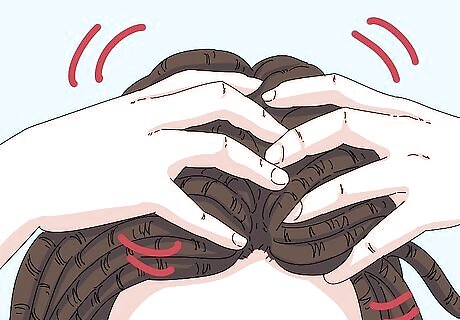
Take care of your scalp. Locs put a lot of weight on the scalp as they get heavier and pull. It's essential that you keep your scalp clean and moisturized in addition to your locs themselves. Whenever you're cleaning your locs, take a few moments to massage your scalp vigorously with your fingertips. This promotes proper blood flow and will strengthen the follicles, meaning you won't have to worry about your locs becoming brittle or falling out. Itching and discomfort can be a sign that your scalp or roots are in poor condition. As your hair grows, keep your locs waxed and twisted to tighten up the new growth close to the scalp.
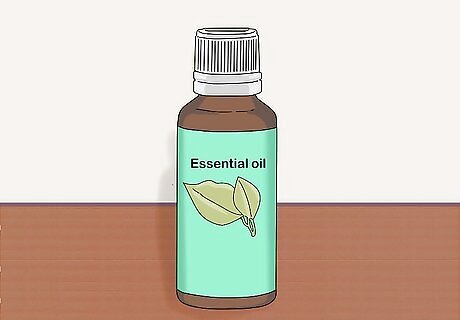
Freshen your locs with essential oils. Use a couple of drops of tea tree, peppermint, or rosemary oil along with your shampoo, or treat your locs with them separately. Essential oils moisturize, cut down on itchiness and irritation around the scalp and leave your hair smelling pleasant. They are far preferable to perfumes, spray-in fragrances, and scented cleansers, as they won't damage your locs or leave behind any residue. Just a hint of essential oils can combat the “dirty hair” smell that naturally accumulates on thick locs.

Avoid conditioning near your scalp. Conditioning your hair can keep it healthy, but only apply it from the mid-length to the ends. Also, be cautious about any other products that contain oils, waxes, or knot-fighting agents. Regular use of these products can damage the structure of your locs and make them much harder to maintain. You can also add a leave-in conditioner after you rinse out your regular conditioner to keep your hair healthy.

















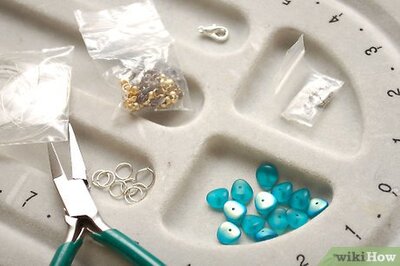


Comments
0 comment